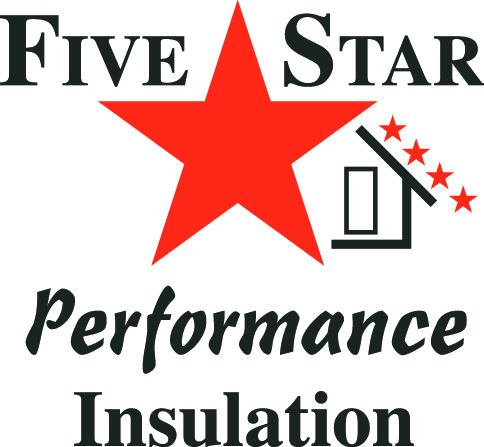Insulation is an important part of building construction in residential projects such as homes and apartments. Every state has its standards for insulation use and California is no different with rules and regulations for insulation types of insulation used in California. However, such rules see regular updates and California updated its codes on January 2020 to meet new standards for energy efficiency in residential construction. Before starting any project it’s important to know what are the regulations for California insulation.

Key Items of Note
- High-performance walls and attics are now required alongside PV solar. Under previous versions of the code, PV could be used in place of high-performance walls and attics in limited cases.
- The new minimum for framed walls measuring 2×6 when installing insulation is R-20.
- QII (quality insulation installation) is a requirement. It should be included in any project as the work will be inspected by an expert in home energy rating system (HERS) review and ranking.
- The prescriptive options for attic design and construction have been made simpler.
Attic Air Handler and Ducts Standards
- Climate Zone 1: requires R-38 insulation on the attic floor.
- Climate Zone 2: requires a radiant barrier and R-38 insulation on the attic floor.
- Climate Zone 3, 5-7: requires a radiant barrier and R-30 insulation on the attic floor.
- Climate Zone 10, 16: requires R-38 insulation on the attic floor and R-13 fiberglass between the roof rafters.
- Climate Zone 4, 8, 9, 11-15: requires R-38 insulation on the attic floor and R-19 fiberglass between the roof rafters.
Condition Space Air Handler and Ducts Standards
- Climate Zone 1, 16: requires R-38 insulation on the attic floor.
- Climate Zone 2-10: requires a radiant barrier and R-38 insulation on the attic floor.
- Climate Zone 11-15: requires a radiant barrier and R-38 insulation on the attic floor.
Note for HVAC duct insulation R-6 or R-8 will be needed depending on the climate zone of the property. No matter the requirement leakage must be less than five percent.

Performance Attics
- An attic that is not prescriptive (such as unvented attics) must use performance standards. R-22 insulation is the minimum standard, compliance must meet standards as per professional software calculations, unvented attics must be air-sealed at the most common points of leakage and gables must be installed on the exterior.
Products and Raw Materials for Your Projects

When meeting installation standards you have several options when doing a construction project. These include blow-in insulation, fiberglass, spray foam, mineral wool, polyiso sheathing, stucco foam boards, and 3-coat stucco or siding.
